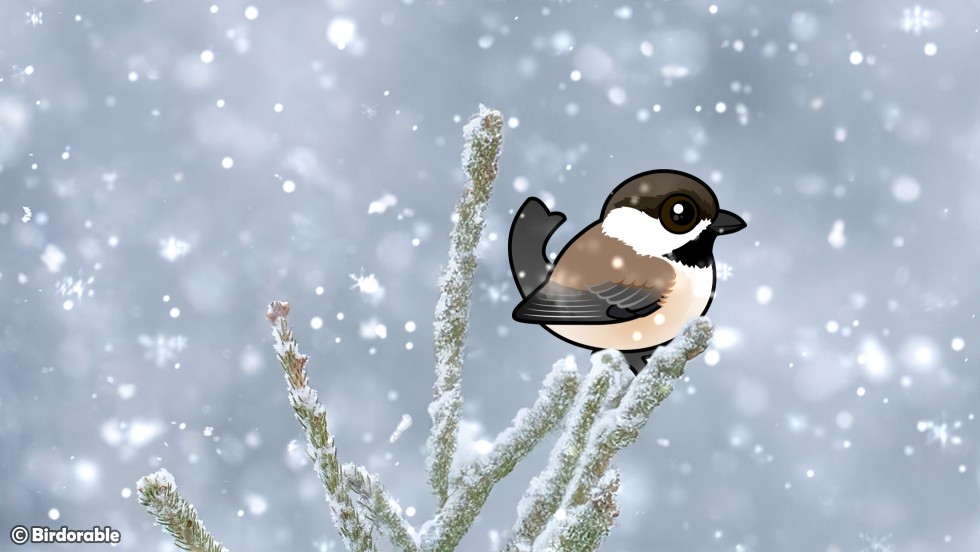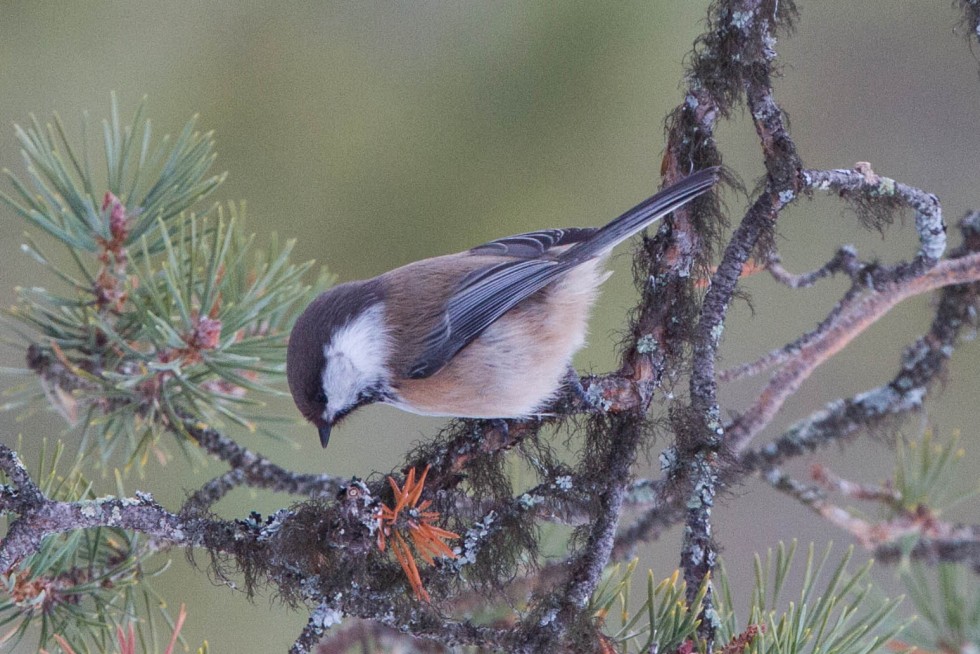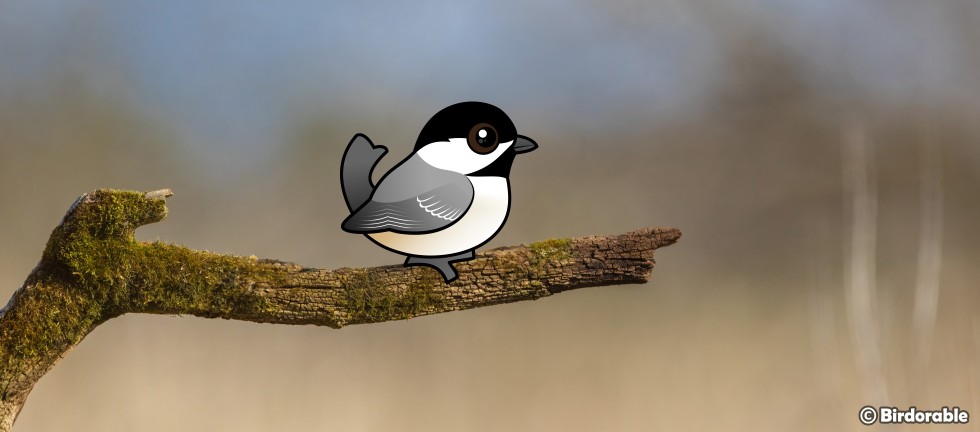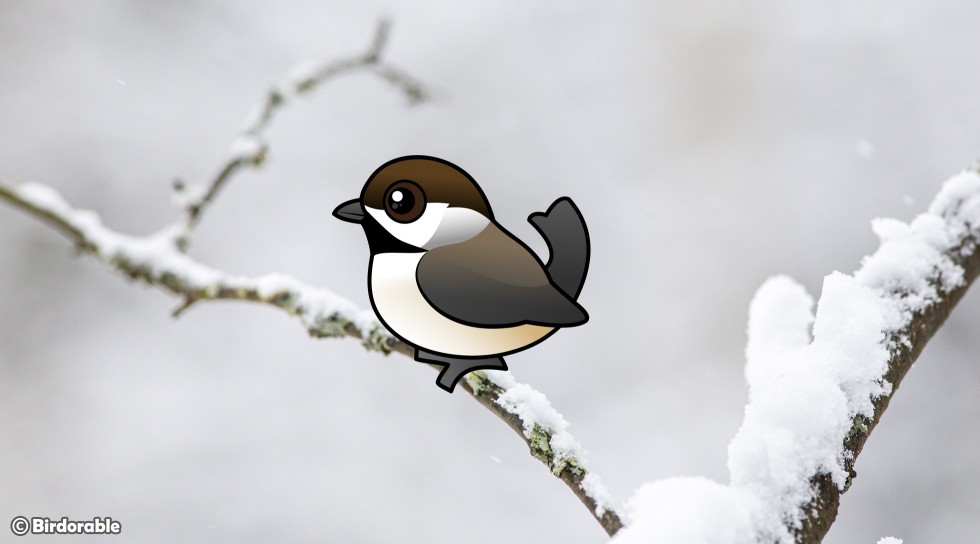Birdorable loves birds, and we love when others share their passion for birds, too! Last year, we were interested to hear from Megan LaRocque, a Master of Science student at the University of Alberta in Canada. Megan reached out to us with a special request—she wanted to use one of our Birdorable illustrations in a special presentation about her research on Black-capped Chickadees. Of course, we said yes!
Megan’s research focuses on chickadee behavior, specifically whether these small songbirds use information from their flock mates when deciding whether or not to visit an empty feeder. Chickadees are highly social birds, and their ability to learn from each other is an interesting topic for scientists who study animal behavior.
As part of her studies, Megan participated in the Three Minute Thesis (3MT) competition. This event, originally developed by the University of Queensland in Australia and now part of institutions all over the world, challenges graduate students to present their research in just three minutes using a single static slide. The goal is to explain complex scientific work in a way that a general audience can understand—no easy task!
Megan competed against 50 other participants across different fields and made it to the Finals Round at the University of Alberta.

Screenshot from Megan's Three Minute Thesis To Go or Not to Go
For her presentation, Megan wanted to include our Birdorable Black-capped Chickadee on her slide. We were honored to support her work and excited to see Birdorable featured in a scientific competition!
It's always rewarding to see Birdorable art used in meaningful ways, especially when it helps spread knowledge about birds and their behavior. We appreciate Megan for reaching out and wish her the best in her research and future competitions. If you’d like to see her presentation, you can check it out here: To Go or Not to Go.






























